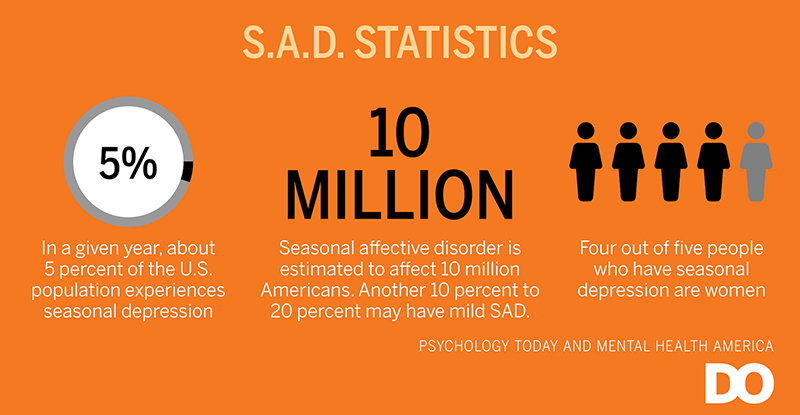Last November, the Texas State Board of Education voted to pass the Bluebonnet Learning curriculum in a narrow 8-7 margin. The passage of this curriculum applies to kindergarten through fifth grade students by incorporating lessons from the Bible as part of the learning process in reading, math and history classes. While the adoption of the curriculum is not required, the state is offering financial incentives which critics fear may encourage cash-strapped districts to adopt whether or not they agree with the entire curriculum.
According to an article in The Guardian, “teachers will have a choice to opt into the new faith-based learning curriculum, but the state is offering a financial incentive of $60 a student for participating school districts.”
Beginning in the spring of 2025, teachers will have access to the new curriculum and will be expected to implement portions of it into their lesson plans for the 2025-26 school year. Although members of the Texas State Board of Education believe this curriculum to be fully educational, they do not explain how implementation of the Bible in schools will teach students literacy and critical thinking. According to an article in the Guardian, Audrey Young, who voted in favor of the curriculum, states that this decision was made for students, “in order [for them] to be able to participate wholly in society.” They reference that the Bible is one of the best works of literature, and therefore, should be taught.
This causes concern over whether or not this policy violates the Establishment Clause, where the US claims to never establish one religion for the entirety of the United States. According to an article from Cornell Law School, this clause “also prohibits government actions that unduly favor one religion over another.” The implementation of this curriculum seems to violate this clause, and if someone were to sue the state for violation of this clause, they would likely succeed.
So, why choose the Bible and its message of Christianity over other works of religion?
The Board of Education cites evidence that Christianity is centered within the United States history and concepts such as The Golden Rule, which are covered in the Bible can be helpful when teaching these concepts. Again, this begs the question why other religions are not included in this process of teaching these large concepts?
If evidence cited for the input of this curriculum derives from the history of the United States and literature, one must examine the roots of this country. In reality, the origin of the people of what we know today as the United States are not Christians. For example, American Indians were not Christians but were forced to adopt Christianity when overthrown by the American Colonizers. To fully teach and understand the history of the United States requires an understanding of multiple religions, not only Christianity. As well, the people of the United States are only 63% percent Christian, a number which has decreased over the last few decades. Therefore, these educators are exemplifying a religion that may or may not be a part of the population of the school districts.
On the contrary, the moralistic ideals which define right and wrong for today’s youth should not be defined to one evidentiary book of teaching. This doesn’t necessarily mean these “rules” should not be taught, but the curriculum should not rely on one book alone. Yes, raising children and teaching them strong morals and values takes the effort of many moving parts: family members, teachers, friends, mentors, etc., but it is unfair for a student of Buddhist, Muslim, Jewish, or any other religion to be forced to learn only one format of the “Golden Rule”. As an example, the teachings of the Golden Rule date as far back as 3,000 BC in the vedic Indian tradition. This being only one example of the multiple differentiations of the Golden Rule across multiple religious platforms. To teach only one example of this alienates other teachings of this Rule, which can be transferred to multiple moral teachings across different books and religions.
According to an article in the Texas Tribune, Governor Gregg Abbott called the State Board of Education’s approval of this curriculum “a critical step forward to bring students back to the basics of education and provide the best education in the nation.” To rebut this, how does a curriculum that centers around Christian lessons improve critical thinking in students? Educators do not have to rely on the Bible to teach history and literature, as life lessons and moral teaching can be taught in a myriad of ways. The beauty of the United States is that we are a blending pot of multiple cultures and religions, and to forcefully simplify to one religion is to invalidate the diversity of this country.
If you’re going to teach one, adopt all.
























